Russian Philharmonic Orchestra, Dmitry Yablonsky - Shostakovich: Ballet Suites, Nos. 1-4 (2004)
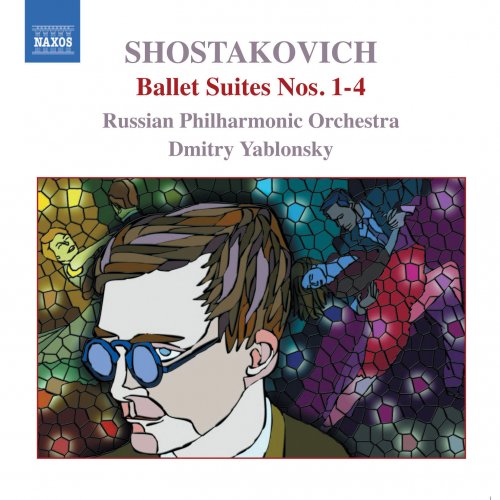
Artist: Russian Philharmonic Orchestra, Dmitry Yablonsky
Title: Shostakovich: Ballet Suites, Nos. 1-4
Year Of Release: 200
Label: Naxos
Genre: Classical
Quality: flac lossless +booklet
Total Time: 01:00:06
Total Size: 276 mb
WebSite: Album Preview
TracklistTitle: Shostakovich: Ballet Suites, Nos. 1-4
Year Of Release: 200
Label: Naxos
Genre: Classical
Quality: flac lossless +booklet
Total Time: 01:00:06
Total Size: 276 mb
WebSite: Album Preview
01. Ballet Suite No. 1: I. Lyric Waltz (Suite for Jazz Orchestra No. 1)
02. Ballet Suite No. 1: II. Dance (Pizzicato) (The Limpid Stream)
03. Ballet Suite No. 1: III. Romance (The Limpid Stream)
04. Ballet Suite No. 1: IV. Polka (The Limpid Stream)
05. Ballet Suite No. 1: V. Waltz-scherzo (The Bolt)
06. Ballet Suite No. 1: VI. Galop (The Limpid Stream)
07. Ballet Suite No. 2: I. Waltz (The Limpid Stream)
08. Ballet Suite No. 2: II. Adagio (The Limpid Stream)
09. Ballet Suite No. 2: III. Polka (Suite for Jazz Orchestra No. 1)
10. Ballet Suite No. 2: IV. Sentimental Romance (The Tale of a Priest and His Servant Balda)
11. Ballet Suite No. 2: V. Spring Waltz (Michurin)
12. Ballet Suite No. 2 : VI. Finale (Galop) (The Limpid Stream)
13. Ballet Suite No. 3: I. Waltz (The Human Comedy)
14. Ballet Suite No. 3: II. Gavotte (The Human Comedy)
15. Ballet Suite No. 3: III. Dance (The Limpid Stream)
16. Ballet Suite No. 3: IV. Elegy (The Human Comedy)
17. Ballet Suite No. 3: V. Waltz (The Limpid Stream)
18. Ballet Suite No. 3: VI. Galop (The Limpid Stream)
19. Ballet Suite No. 4: I. Prelude (Variations) (The Limpid Stream)
20. Ballet Suite No. 4: II. Waltz (The Song of the Great Rivers)
21. Ballet Suite No. 4: III. Scherzo (The Bolt)
Although the symphonies, string quartets and concertos represent the core of his achievement, Shostakovich evinced sympathies right across the musical spectrum: hence his oft-repeated comment that he enjoyed all music from Bach to Offenbach. Moreover, the revival in recent years of such works as his 1958 musical Moscow-Cheryomushki attests to a composer who entered into the spirit of ‘light music’ with enjoyment and enthusiasm. Certainly the music on this disc will come as a surprise to those who know Shostakovich only as a ‘serious’ composer in the Beethoven tradition.
The four Ballet Suites occupy an equivocal position in Shostakovich’s output. The Zhdanov Decree, issued by Minister of Culture Andrey Zhdanov as a directive from Stalin in January 1948, castigated Shostakovich, along with a number of leading Soviet composers, for ‘formalist perversions’ such as made their music unsuitable for the edification of the Soviet people. From then until Stalin’s death in March 1953, Shostakovich wrote ‘serious’ music strictly for the desk drawer and occasional private performance. His public presence was denoted by a stream of film scores and patriotic pieces - never less than expertly crafted, but offering little or no indication of where his musical instincts truly lay.
It is from this perspective that the Ballet Suites should be assessed: light music, seemingly incapable of causing offence, which made ideal material for radio broadcasts and promotion through ‘approved’ Soviet outlets. Editing was carried out by Lev Atovmyan (1901-1973), Shostakovich’s amanuensis over many years, who also arranged suites from a number of the composer’s film scores and official compositions. That the constituent pieces were extracted mainly from ballets proscribed under the dictates of Socialist Realism was an irony of which those in charge were quite likely unaware.
Eleven of the 21 numbers here are taken from the ballet The Limpid Stream: actually the name of a collective farm, where a musicians’ collective entertains the farm-workers in a succession of dance routines, held together by the flimsiest of plots, that ought to have been a sure-fire success. Its première in Leningrad during June 1935, followed by a Moscow staging that November, had indeed attracted favourable notices, but the falling-away of Shostakovich’s reputation, following Pravda’s denunciation of the opera Lady Macbeth of Mtsensk in January 1936, put paid to further productions.
That this ballet was ideally suited to the requirements of ‘light music’ is evident in Ballet Suite No. 1 (1950). After a moody Lyric Waltz taken from Jazz Suite No. 1 (Naxos 8.555949) and more fully orchestrated, there follow three numbers from The Limpid Stream: a Dance faintly reminiscent of the scherzo from Tchaikovsky’s Fourth Symphony; a halting, wistful Romance delicately scored for woodwind and upper strings, and a lively Polka of the type to which Shostakovich had recourse frequently over the years. Next comes an insouciant Waltz-scherzo from the 1931 ballet The Bolt, and not included in the suite (also known as Ballet Suite No. 5, Naxos 8.555949), before a manic Galop from The Limpid Stream (and used as an interlude in Moscow- Cheryomushki) concludes the sequence.
Two numbers from The Limpid Stream open Ballet Suite No. 2 (1951), a rumbustious Waltz, and a lengthy Adagio which features an expressively-wrought contribution from solo cello. Jazz Suite No. 1 is the source of the cavorting Polka that ensues, while the aptly-titled Sentimental Romance is taken from the little-known score that Shostakovich provided for the 1934 animation film The Tale of a Priest and his Servant Balda. Meanwhile Michurin, the name of an eminent Russian horticulturist (1855-1935) and the title of a 1948 film by Alexander Dovzhenko to which Shostakovich contributed music, provides the amiable Spring Waltz, and The Limpid Stream is accessed once again for the hectic Finale, in which an appearance of a motif from the closing number of The Bolt demonstrates Shostakovich was second to none when it came to recycling worthwhile ideas between works.
Ballet Suite No. 3 (1952) is derived from two sources. The incidental music for Pavel Sukhotin’s 1934 production of Balzac’s The Human Comedy yields the lively opening Waltz, a fetching Gavotte, which could almost pass as a mid-century reorchestration of Delibes or Messager, and an Elegy, whose main melody ranks among Shostakovich’s most personable melodic inspirations. Before that, The Limpid Stream provides a Dance which recalls - or rather anticipates - the famous Galop from Kabalevsky’s ballet The Comedians, as well as the final two numbers: a Waltz, which is the essence of the ‘light music’ aesthetic, and a Galop which propels the suite to a suitably energetic finish.
In contrast to its predecessors Ballet Suite No. 4 (1953) features only three movements, each of which is taken from a different source. The Limpid Stream furnishes a lengthy and, given the context, surprisingly sombre variation-sequence that constitutes the Prelude, building in a crescendo to a powerful climax, before returning to its initial calm. Song of the Great Rivers (also known as Unity), a 1954 documentary scarcely known in the West, provides the entertaining Waltz, while The Bolt is pressed into service for the Scherzo that provides an energetic conclusion to a suite which widens the emotional scope of the format in comparison to those that came before it.
And that was that, as far as Ballet Suites were concerned. Rehabilitated as a composer following Stalin’s death, and the success of his Tenth Symphony [Naxos 8.550326] spreading across Europe and the United States, Shostakovich felt able to begin releasing works previously kept under wraps, and to reassert himself as a major creative force. Yet given the consistent quality of the music contained herein, as well as the return to favour of the ‘light music’ genre, it seems a pity not to put extra-musical considerations aside and enjoy these Ballet Suites for the pleasure they undoubtedly provide.
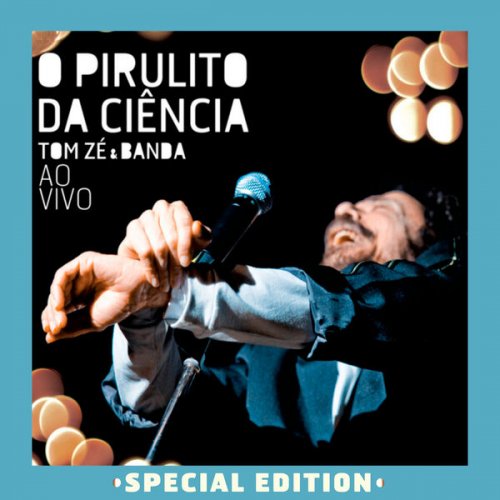
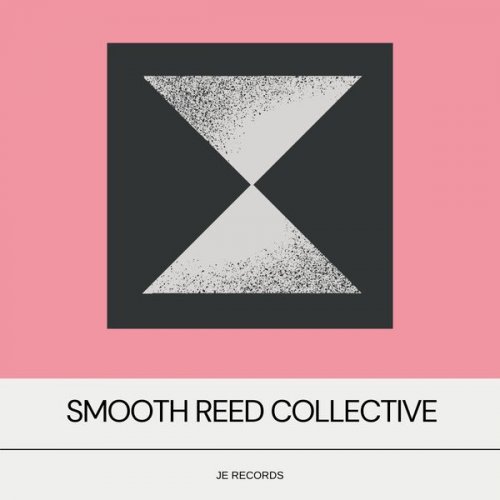
![Mark Northam - More Music From The Pixar Films For Solo Piano (2025) [Hi-Res] Mark Northam - More Music From The Pixar Films For Solo Piano (2025) [Hi-Res]](https://img.israbox.com/img/2025-12/17/qc8ci6ocl25zt4m9ojnjn3k2k.jpg)
![Don Cherry, Nana Vasconcelos & Collin Walcott - Codona (1979/2025) [Hi-Res] Don Cherry, Nana Vasconcelos & Collin Walcott - Codona (1979/2025) [Hi-Res]](https://www.dibpic.com/uploads/posts/2025-12/1765970766_cover.jpg)

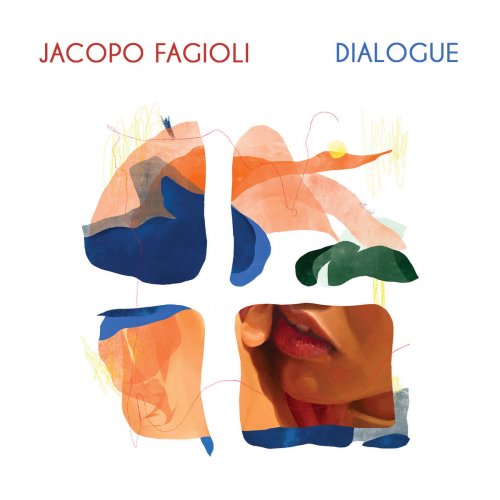

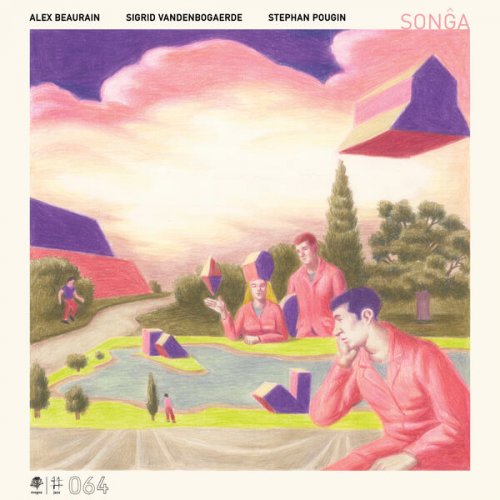
![Dave Bainbridge - ON THE EDGE (OF WHAT COULD BE) (2025) [Hi-Res] Dave Bainbridge - ON THE EDGE (OF WHAT COULD BE) (2025) [Hi-Res]](https://img.israbox.com/img/2025-12/18/7l4en830rpyaxdtr7izc3qrx6.jpg)